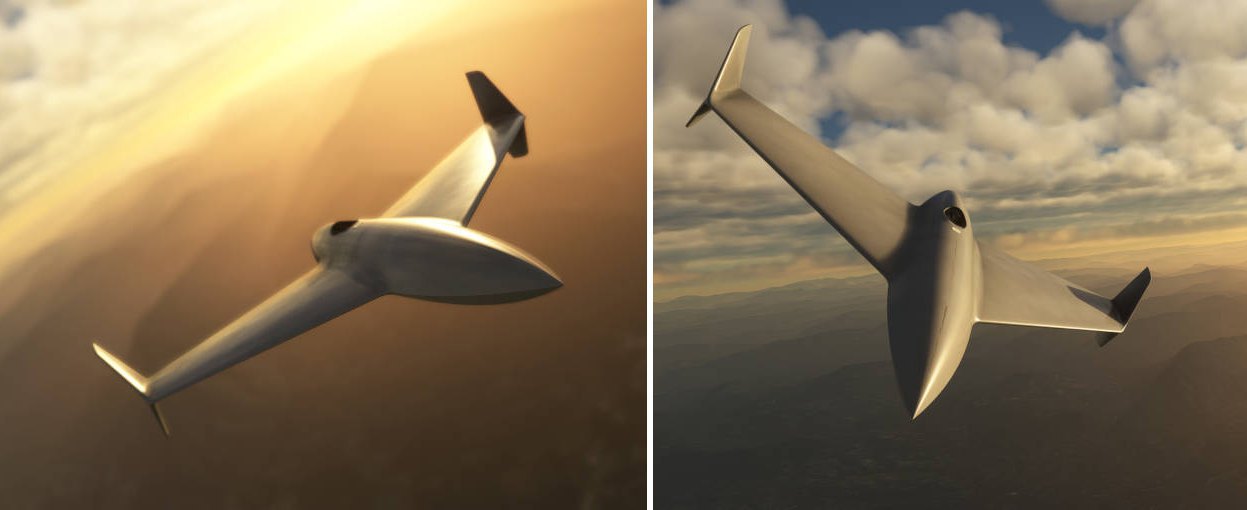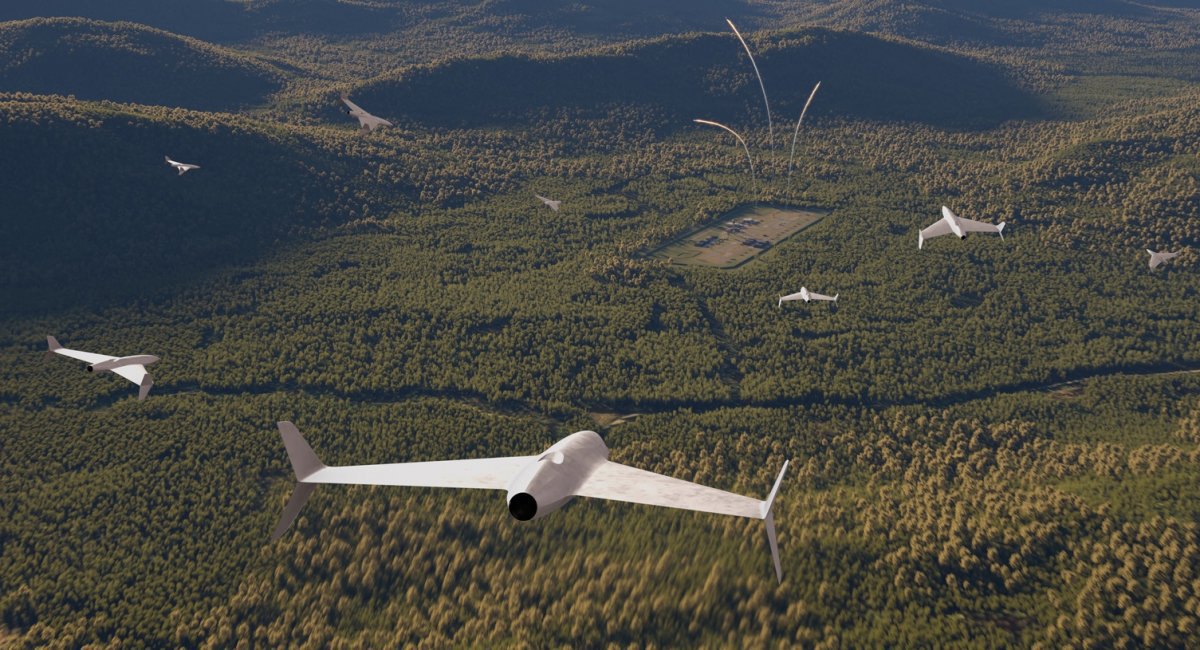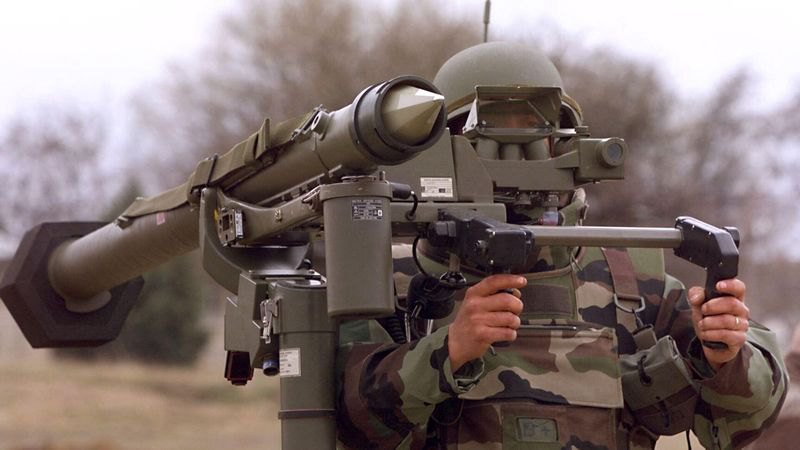
So far, its technical specifications remain undisclosed, but the focus is on reducing the cost per unit and ensuring the missile’s ability to penetrate air defences – in other words, it is set to be a technologically advanced product.
It is likely to incorporate SCALP’s capabilities, such as digital terrain mapping, pre-strike positioning, target selection from the processor’s database, and AI-assisted target filtering.
The automotive industry against the “Russian world”
It is planned to be produced in tandem with an unnamed French car manufacturer. Since the unnamed company deploying the drone production line in Ukraine is Renault, there is little ambiguity.
France is increasingly turning to the civilian market to support the needs of its military–industrial complex – a strategy it has employed since the First World War. If a private company fails to meet a defence contract, it may be subject to nationalisation.
“The new missile will have a long range of 500 kilometres, and there are plans to produce and deploy them in large quantities. The target is up to 1,000 units per month,” said the head of MBDA.
“The One Way Effector, launched from the ground in volleys, aims to exhaust enemy resources by maintaining constant pressure on air defence systems. It carries a warhead large enough to compel enemy defences to engage it. The effector is designed to expose even the most advanced air defence systems, making them easier to detect and neutralise in conjunction with other long-range strike assets,” the company stated.

As an MBDA spokesperson explained to Hartpunkt, the effector is designed to deliver a warhead weighing approximately 40 kilograms to a target at a distance of around 500 kilometres. To reduce costs, the missile will not feature a sophisticated homing head. Instead, it will be guided by GPS, with many components sourced from existing warehouse stock.
“This is a new approach to resource depletion, informed by feedback from the armed forces – in particular, from the conflict in Ukraine,” MBDA added.
“Feedback from the conflict in Ukraine”
To interpret the official language: there is a need for an inexpensive missile capable of reaching targets deep within Russian territory – similar in function to light aircraft repurposed into UAVs.
Ukraine, despite being under constant attack, has managed to receive thousands of cruise missiles without descending into blackout conditions. It continues to produce 20 surface-to-air missiles per month and has maintained its ability to manufacture drones such as the Beaver and the Lute.
The Russian Federation would require significantly more resources to sustain such production.
The West holds a key advantage: its defence manufacturing is decentralised – air defence systems are produced in Norway, Italy contributes other components, and missiles for the Patriot system are manufactured in Germany. Even Moscow lacks the capability to strike all of these targets, let alone the political resolve to engage the European Union directly.

In contrast, it is far easier to disable facilities like Azoty by cutting off precursors in the explosives supply chain, or to disrupt the production of fibre optics. Russia’s strategy of import substitution was developed with a short, victorious war in mind – not a drawn-out conflict resembling the First World War.
Weapons such as the One Way Effector pose a threat to the entire European part of the Russian Federation.
This is not 1941 – industrial production cannot simply be relocated to the Urals under threat of Siberian exile. Today, relocating manufacturing lines and machinery also requires a willing workforce ready to abandon the comfort of major cities for the ideals of the “Russian world”. Such willingness is diminishing – even contract payments are being reduced due to a lack of funds.
Industrial mobilisation and strategic flexibility in France’s defence industry
The example of this project illustrates how industrial mobilisation functions in France. At present, MBDA produces several dozen Mistral missiles per month and is unable to scale up production rapidly. Renault, on the other hand, has existing facilities, trained personnel, machinery, and production lines – all of which can be utilised without major investment that would be at risk should the war conclude.

Production can be swiftly reoriented back to the automotive sector, with some employees formerly engaged in AI training or explosives development likely to be laid off. The factories would return to car manufacturing without requiring tens of billions in capital investment. This approach offers flexibility, sustains employment, and meets trade union expectations.
The car manufacturer is expected to handle routine tasks such as precision metalworking, scaling up component production, and reducing costs through economies of scale. MBDA, meanwhile, will focus on electronics, processors, and missile firmware.
The alliance’s strategy in the war of attrition
This development is among the most positive news – France is increasing its support through the provision of guided bombs and the transfer of SCALP missiles. These systems have already seen dozens of successful uses: Russian headquarters have been destroyed, generals eliminated, and fortified positions neutralised along the front line.
In essence, the West’s broader strategy has long been evident: while Russia may continue its assaults on towns like Chasiv Yar or attempt to capture Kostyantynivka, these efforts do not disrupt the Drone Coalition, nor do they halt the production of bombs, cruise missiles, or millions of artillery shells.
If the Russian Federation seeks to take control of regional centres at the cost of enduring fires at Rosreserve depots and industrial sites for weeks, while simultaneously being struck by cruise missiles – then so be it.







